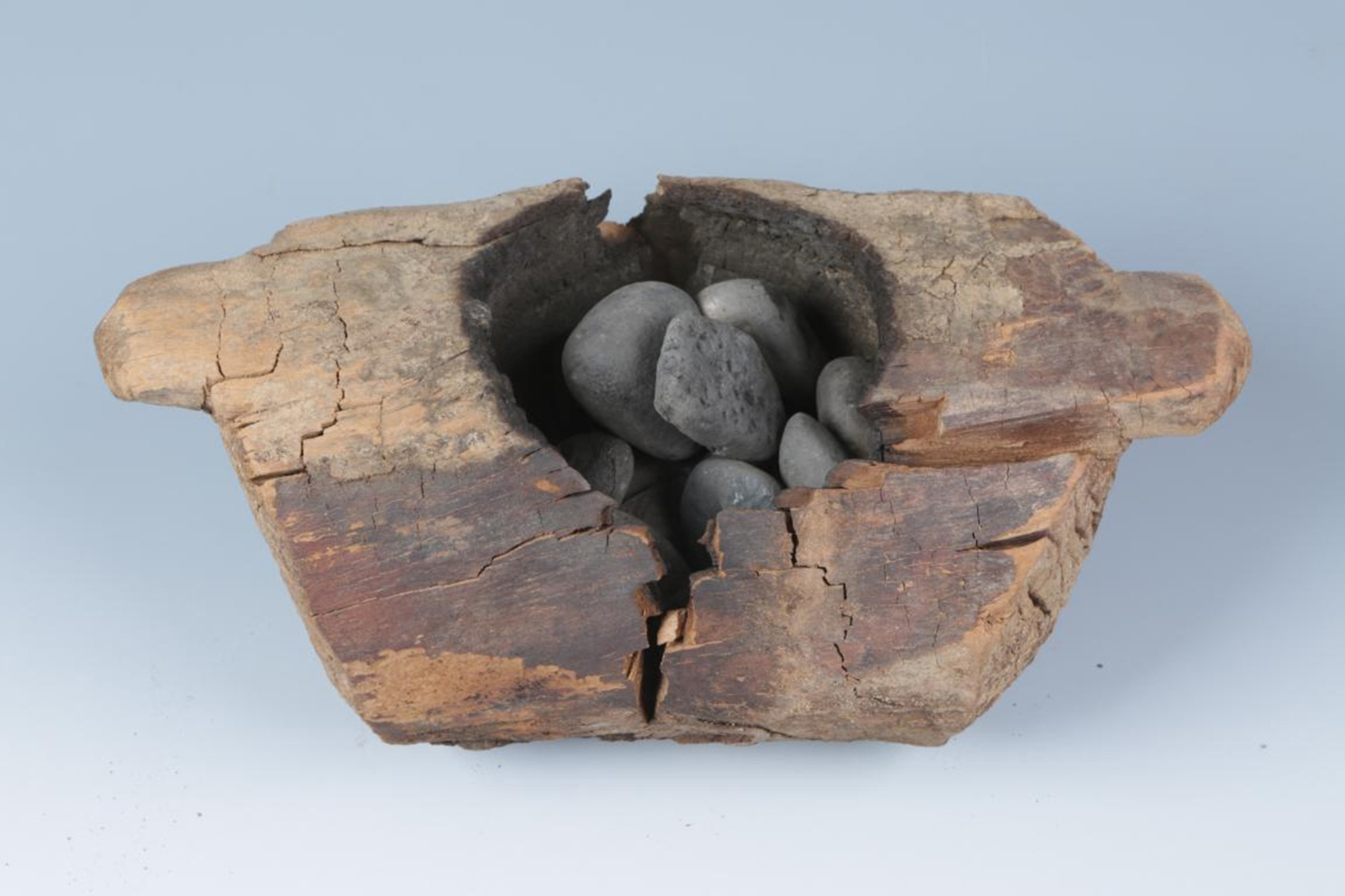The earliest evidence of humans using cannabis for recreational purposes has been discovered in Western China.
Archaeologists have discovered what they believe to be an example of ‘hotboxing’ at an ancient, high-altitude settlement in Jirzankal on the Pamir Plateua.
Hotboxing, in this case, was the practice of placing cannabis leaves on hot stones straight from the fire in an enclosed room or shelter allowing those inside to inhale the smoke.
The scientists involved in the excavation found cannabis residue among rocks inside wooden bowls. When tested, they also discovered the plants being used would have had an extremely high tetrahydrocannabinol (THC) content.
This, they believe, was synonymous with cannabis plants cultivated at high altitude. The Jirzankal Cemetery site sits on mountains which reach 5,600m alongside the ancient Silk Road.
The current excavation is in the same region where, in 2016, archaeologists came across a burial shroud made entirely of cannabis plants.
The 2016 site confirmed that people living in the area 2,500 years ago were using the plants, but there had been no evidence of recreational uses until this latest discovery.
The co-author of a study on the excavation – Robert Spengler – explained how the site’s proximity to the Silk Road would have allowed cannabis use to spread across large areas of the globe.
“The exchange that took place at the beginning of the Silk Road put Central Asia at the heart of the ancient world,” said the director of the Paleoethnobotanical Laboratories of the Max Planck Institute in Germany.
“Our analysis suggests that the habit of smoking cannabis and using specific varieties of high chemical production is among the cultural traditions that were extended by those routes.”


